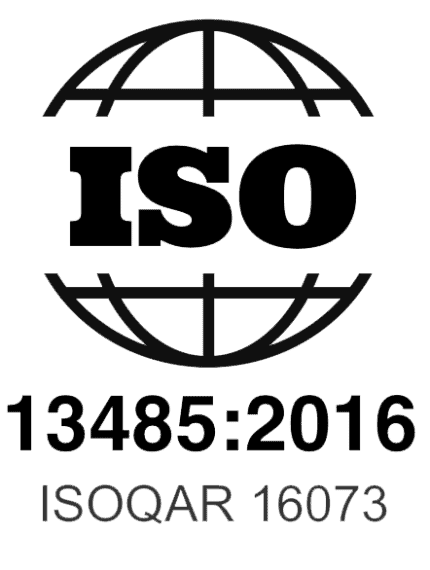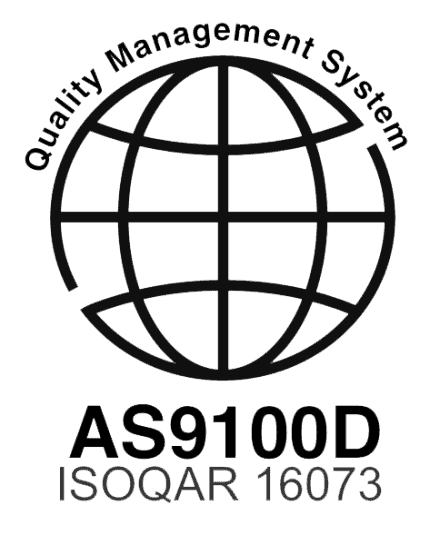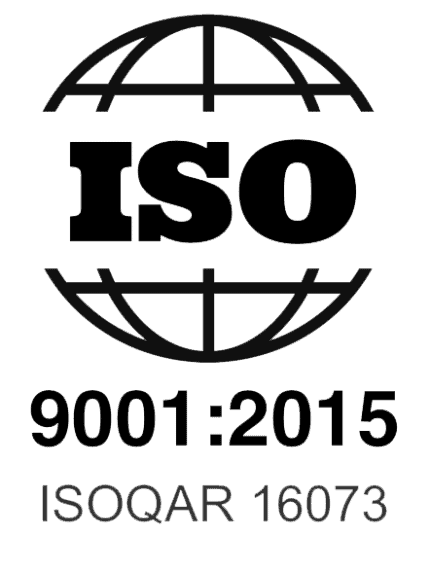Advantages of Laser Ablation
Laser ablation is a powerful tool for material processing due to its high precision, non-contact nature, and ability to work with a wide range of materials. Laser ablation is an excellent solution for applications requiring fine-detail machining, selective material removal, and ultra-clean surface preparation. The technique offers these benefits:
- Unmatched Precision – Removes material at a micron scale with minimal thermal impact.
- Non-Contact and Wear-Free – No tool degradation, reducing maintenance costs and ensuring consistent results.
- Eco-Friendly and Chemical-Free – Eliminates the need for hazardous chemicals and reduces waste.
- Versatile Across Materials – Works effectively on metals, ceramics, polymers, and semiconductors.
- Fast and Efficient – Accelerates production timelines while maintaining superior quality.
Applications
Examples of two industries that need precision laser ablation for surface cleaning and preparation are the aerospace/defense and medical industries. Aerospace applications include coating removal without damage to the underlying surface and modification of surface properties to reduce drag. Medical industry applications include improving grip and wear resistance on surgical tools and refining the surface smoothness of implants.
Quality Management
At EB Industries, we uphold the highest standards of quality and precision for our laser ablation services. Our advanced quality management system ensures every project meets strict industry requirements:
- ISO-Certified Processes – We adhere to international standards, such as ISO 9001:2015, to guarantee reliability and precision.
- State-of-the-Art Laser Systems – Our cutting-edge laser technology provides superior control over ablation processes.
- Stringent Inspection and Testing – We utilize high-resolution metrology and automated quality checks to verify accuracy.
- Expert Engineering Support – Our team of laser specialists collaborates with clients to optimize ablation parameters for the best results.
With EB Industries’ expertise in laser technology, we offer unmatched quality and efficiency for precision surface preparation using laser ablation. This service, combined with our electron beam, laser, TIG, and MIG welding services, enables us to offer complete, cost-effective solutions for precision weld processing.



